We live in the awareness that our cities are chaotic and polluted, due to traffic, noise and the absence of the necessary green spaces. But in our homes we feel protected: indeed, most of the time we are convinced that we live in a healthy and ideal environment. It's really like this? Even here, in fact, within the oasis of hygiene and safety enclosed by the domestic walls, potential threats to our health can lurk.
Don't store avocado like this: it's dangerous
We live in the awareness that ours city are chaotic and polluted, due to the traffic, sounds, the absence of the necessary green spaces. But in the our homes feel protected: indeed, most of the time we are convinced that we live in a healthy and ideal environment. It's really like this? Even here, in fact, inside the oasis of hygiene and safety enclosed by the domestic walls, some potential threats for our health.
Don't believe it? To convince even the most skeptical of you, here is a list of 8 dangers more or less invisiblethem that can be hidden in our homes, accompanied by some small tips to prevent them or try to get rid of them:
1. Bisphenol A
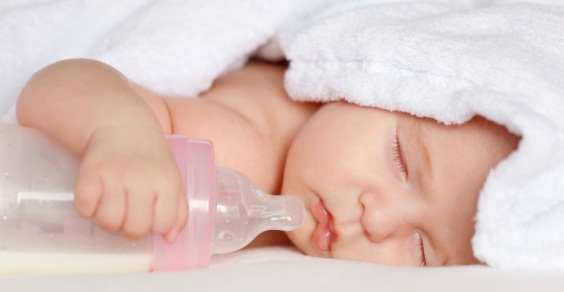
Il bisphenol A is a compound used in the synthesis of plastic materials and, in particular, in the production of polycarbonate, substance which, for its resistance ed unbreakability, is generally used to manufacture a large number of products: from bottles ai food containers; give her sport equipment sanitary equipment; give it appliances to objects for children. Among the latter, some types of bottle.
Despite being practically omnipresent in our daily life, the bisphenol A however, it can have harmful effects on our health, for example by causing alterations at the expense of the endocrine system. To this alarm bell is added a second consideration: some targeted studies show that, under certain conditions, bisphenol A can pass from containers to food. Such contamination can occur in the presence of acidic substances or liquids(food or detergents) or at high temperatures, for example if you heat a container in the microwave or fill it with hot liquid.
For this, on November 25, 2010 the European Union has taken a clear stance on baby bottles with bisphenol A, banning its production and marketing since 2011.
Sponges from kitchen
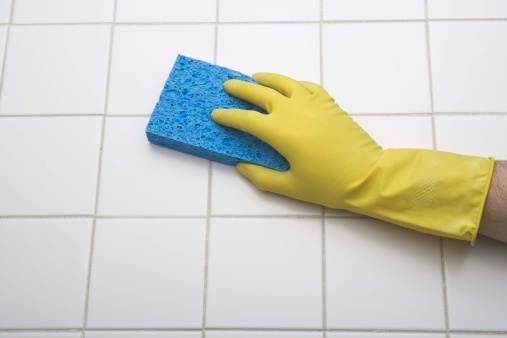
Apparently harmless but, in fact, receptacle of germs and bacteria. We are talking about the kitchen sponges, often intended for a variety of uses (cleaning the oven, fridge, worktops, dishes and so on) and for this reason potential vehicle of food contamination. The solution to preventing the transmission of germs and bacteria is to wash and disinfect them frequently, remembering to replace them quite often. For the cleaning of household appliances and worktops, then, forget about the sponges, and prefer gods cotton tea towels, easily washable and sanitized after use.
READ also: The 5 dirtiest places in the kitchen you don't expect
Air ducts
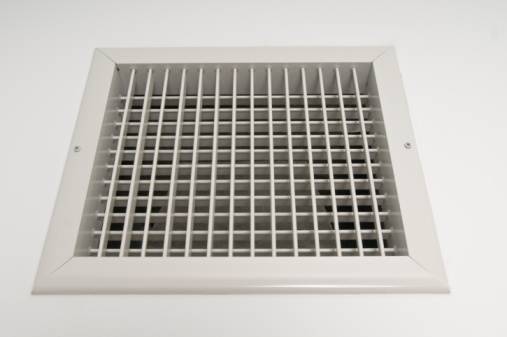
Not just traffic and smog: even when we are at home we have to pay attention to what we breathe. For example, few of us realize that the air ducts they can be a refuge for dust, pollen, bacteria, mold, circulating in the internal areas of thecontaminated air and favoring irritations and allergic reactions. The only way to deal with this pitfall is to carry out a frequent and thorough cleaning of all the pipes in the house.
Grey
Il lead it is an invisible but potentially very dangerous threat, given its own high toxicity: prolonged exposure of the organism to this substance (poisoning generally occurs for inhalation or for ingestion) may involve damage to the nervous system, to the cardiovascular system and to the kidneys. In our homes, lead can manifest itself in the form of pipes (in that case, it is good to replace them) or, especially in older buildings, in the enamelsor in the old layers of paint (lead-based paints have in fact only recently been banned).
Mold
In our homes, and in particular in bath e cellars (but, sometimes, even in the fridge, due to old or poorly stored food), mold can form due to thehumidity excessive, following infiltrations of water, due to the poor ventilation environments or for the lack of adequate sun exposure.
In addition to being unsightly and generating a bad smell, mold is often harmful to our health, as it can create breathing problems, inflammation oallergic reactions. For this reason, it is good to constantly maintain the pipes in the house, in order to avoid leaks and infiltrations, to avoid aging food in the fridge and to ventilate the different rooms with a certain frequency.
READ also
6. Topi
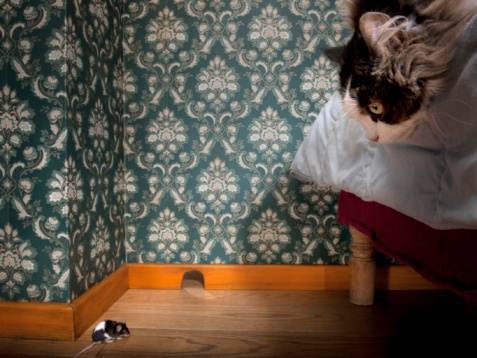
We don't like to think that, but the fact is that most of our homes have to cope with the presence of mice. These somewhat pushy rodents just can't munch on electrical cables, exposing the building to the danger of short circuits and fires, but, above all, they are bearers of parasites and of different types of diseases. So if you happen to spot a mouse in your living room or some other room, do an accurate one sanitation and maintenance, so that there are no rooms or crevices in which it can nest, and, should you notice that any rodents have settled permanently in your home, to pest control.
7. Cockroaches
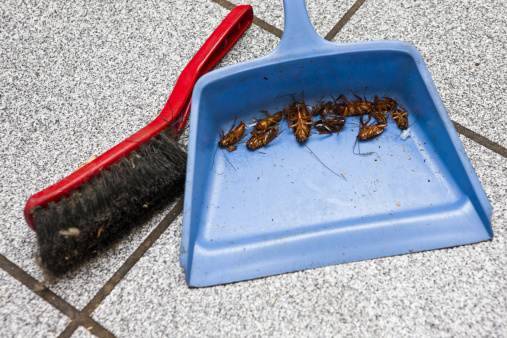
Other unwanted guests can be the Beatles, which tend to nestle in places hot and humid and which are carriers of a wide range of bacteria and diseases. Again, you can prevent the invasion by taking simple countermeasures: throw away the trash regularly, do not accumulate inside the house waste of any kind (from paper, To plastic, All 'umido), do not leave pet food lying around and repair any cracks or cavities in the walls. In short, with good hygiene and a little care you should be able to keep these unpleasant intruders away.
8. Formaldehyde
La formaldehyde is a bactericide generally used in disinfectants for home use, such as sticky o insulating for wood and coatings and inindustrial production of "Fabrics. It can therefore lurk almost anywhere: in the products we use for home hygiene, as well as in furniture, plastic coatings, false ceilings, insulating panels, insecticides, and even in the sheets we sleep in, if in synthetic fabric.
The problem is that, over time, formaldehyde molecules are released into the surrounding environment: a feature that makes it one of the most common and widespread indoor pollutants, as well as a potential threat to our health. In fact, formaldehyde can cause inflammation e irritations to the detriment ofskin, respiratory tract and view and it's potentially carcinogenic (some studies show that it is carcinogenic to animals).
For this reason, it is a good idea to always check which are the components of the construction materials, glazes and hygiene products we use, banning the synthetic solvents, preferring furnishings in wood massif and demanding, for other types of furniture, the CATAS Quality Award-Formaldehyde E1 certification (certifying that the formaldehyde content in the material complies with the limits set by European legislation). Furthermore, it is good to always prefer natural fibers, to choose detergents do-it-yourself or anyway ecological and plant-based and often ventilate the rooms of the house.
Lisa Vagnozzi


























